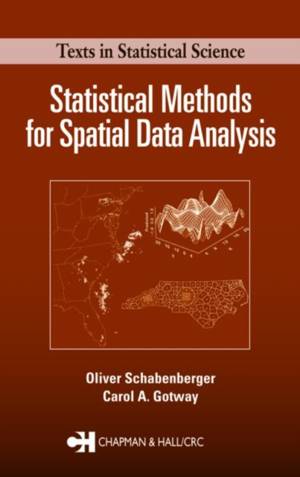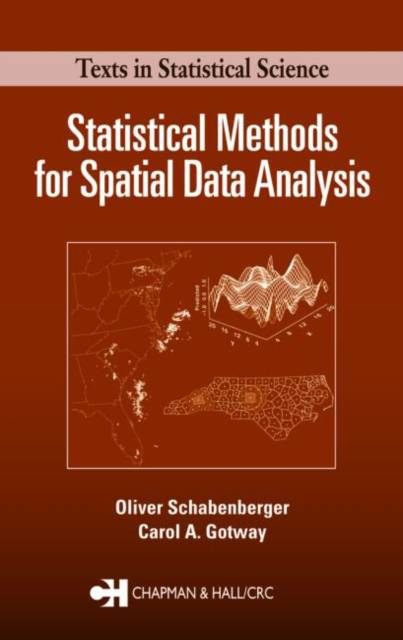
- Retrait gratuit dans votre magasin Club
- 7.000.000 titres dans notre catalogue
- Payer en toute sécurité
- Toujours un magasin près de chez vous
- Retrait gratuit dans votre magasin Club
- 7.000.0000 titres dans notre catalogue
- Payer en toute sécurité
- Toujours un magasin près de chez vous
195,95 €
+ 391 points
Format
Description
Understanding spatial statistics requires tools from applied and mathematical statistics, linear model theory, regression, time series, and stochastic processes. It also requires a mindset that focuses on the unique characteristics of spatial data and the development of specialized analytical tools designed explicitly for spatial data analysis. Statistical Methods for Spatial Data Analysis answers the demand for a text that incorporates all of these factors by presenting a balanced exposition that explores both the theoretical foundations of the field of spatial statistics as well as practical methods for the analysis of spatial data. This book is a comprehensive and illustrative treatment of basic statistical theory and methods for spatial data analysis, employing a model-based and frequentist approach that emphasizes the spatial domain. It introduces essential tools and approaches including: measures of autocorrelation and their role in data analysis; the background and theoretical framework supporting random fields; the analysis of mapped spatial point patterns; estimation and modeling of the covariance function and semivariogram; a comprehensive treatment of spatial analysis in the spectral domain; and spatial prediction and kriging. The volume also delivers a thorough analysis of spatial regression, providing a detailed development of linear models with uncorrelated errors, linear models with spatially-correlated errors and generalized linear mixed models for spatial data. It succinctly discusses Bayesian hierarchical models and concludes with reviews on simulating random fields, non-stationary covariance, and spatio-temporal processes. Additional material on the CRC Press website supplements the content of this book. The site provides data sets used as examples in the text, software code that can be used to implement many of the principal methods described and illustrated, and updates to the text itself.
Spécifications
Parties prenantes
- Auteur(s) :
- Editeur:
Contenu
- Nombre de pages :
- 488
- Langue:
- Anglais
- Collection :
Caractéristiques
- EAN:
- 9781584883227
- Date de parution :
- 20-12-04
- Format:
- Livre relié
- Format numérique:
- Genaaid
- Dimensions :
- 182 mm x 263 mm
- Poids :
- 1020 g

Les avis
Nous publions uniquement les avis qui respectent les conditions requises. Consultez nos conditions pour les avis.






